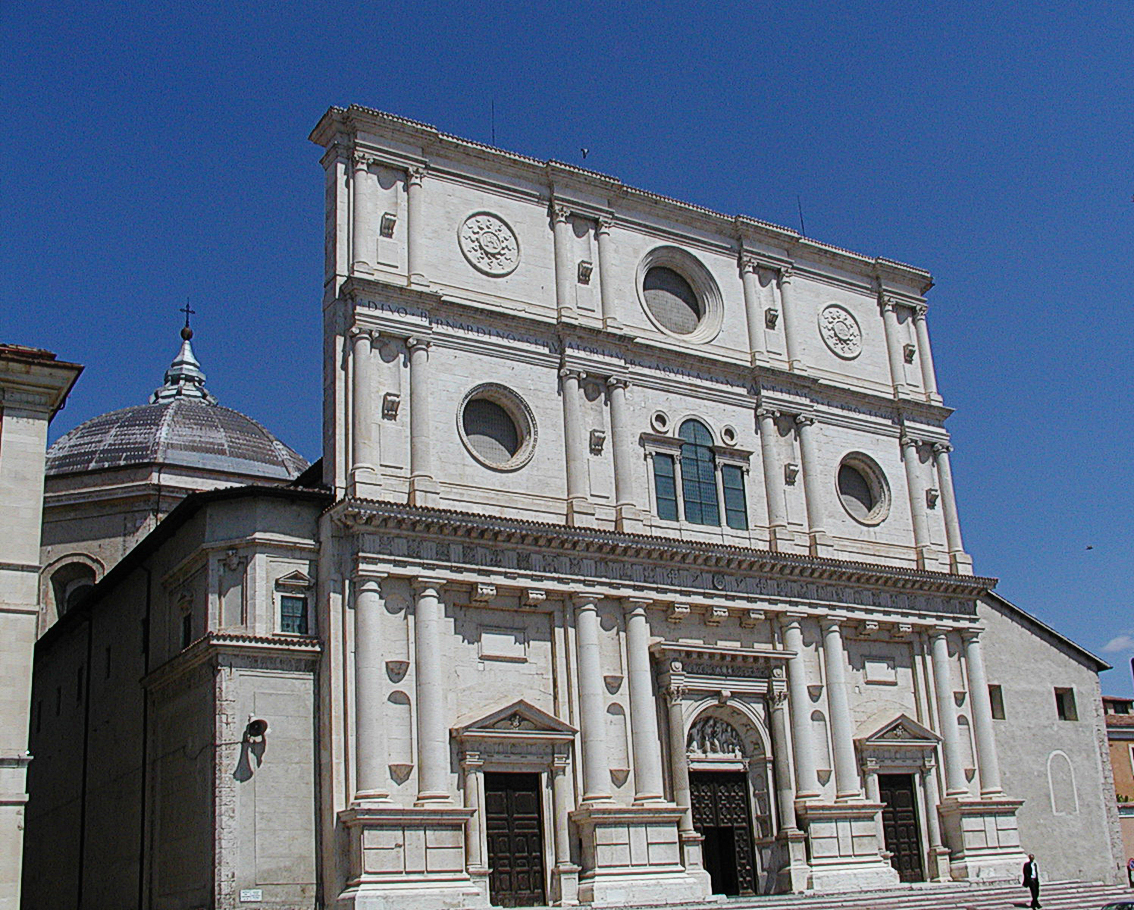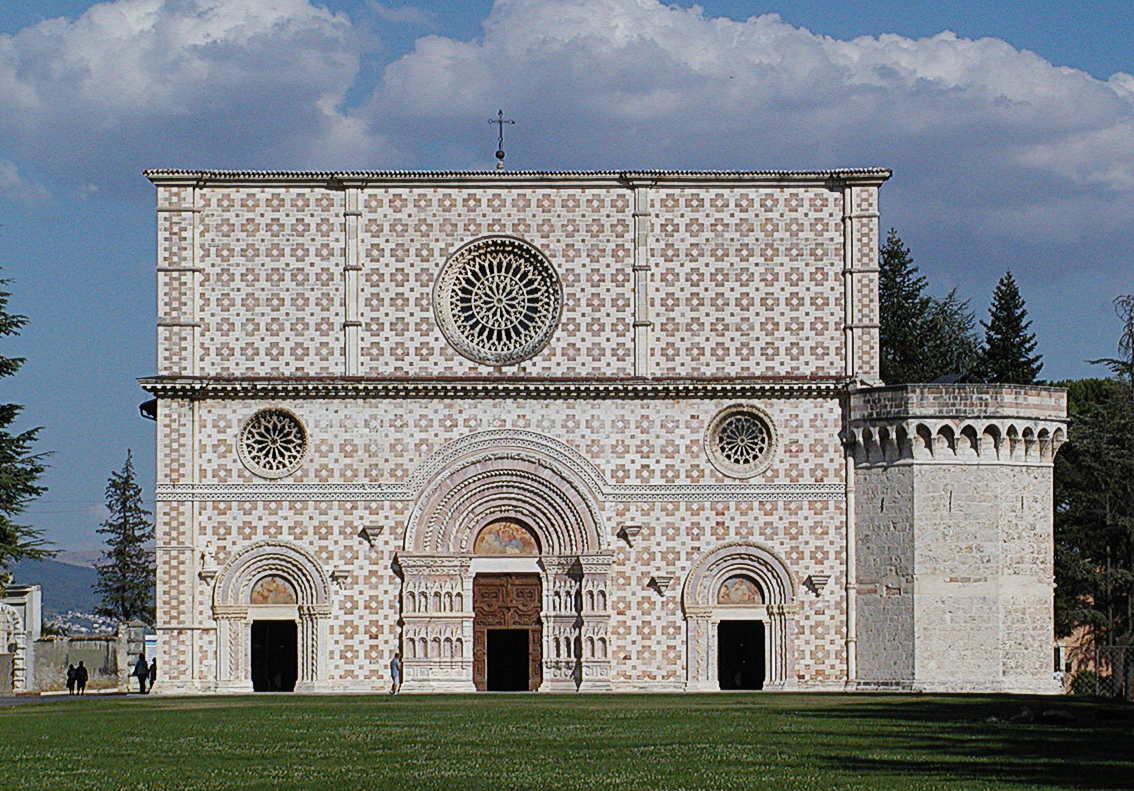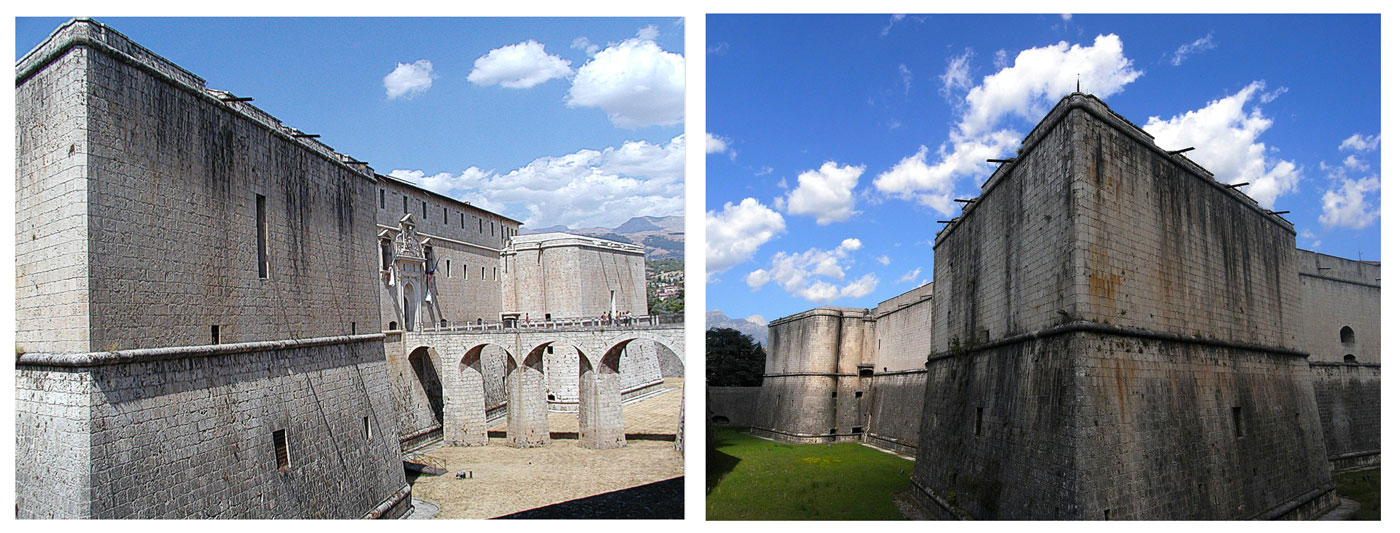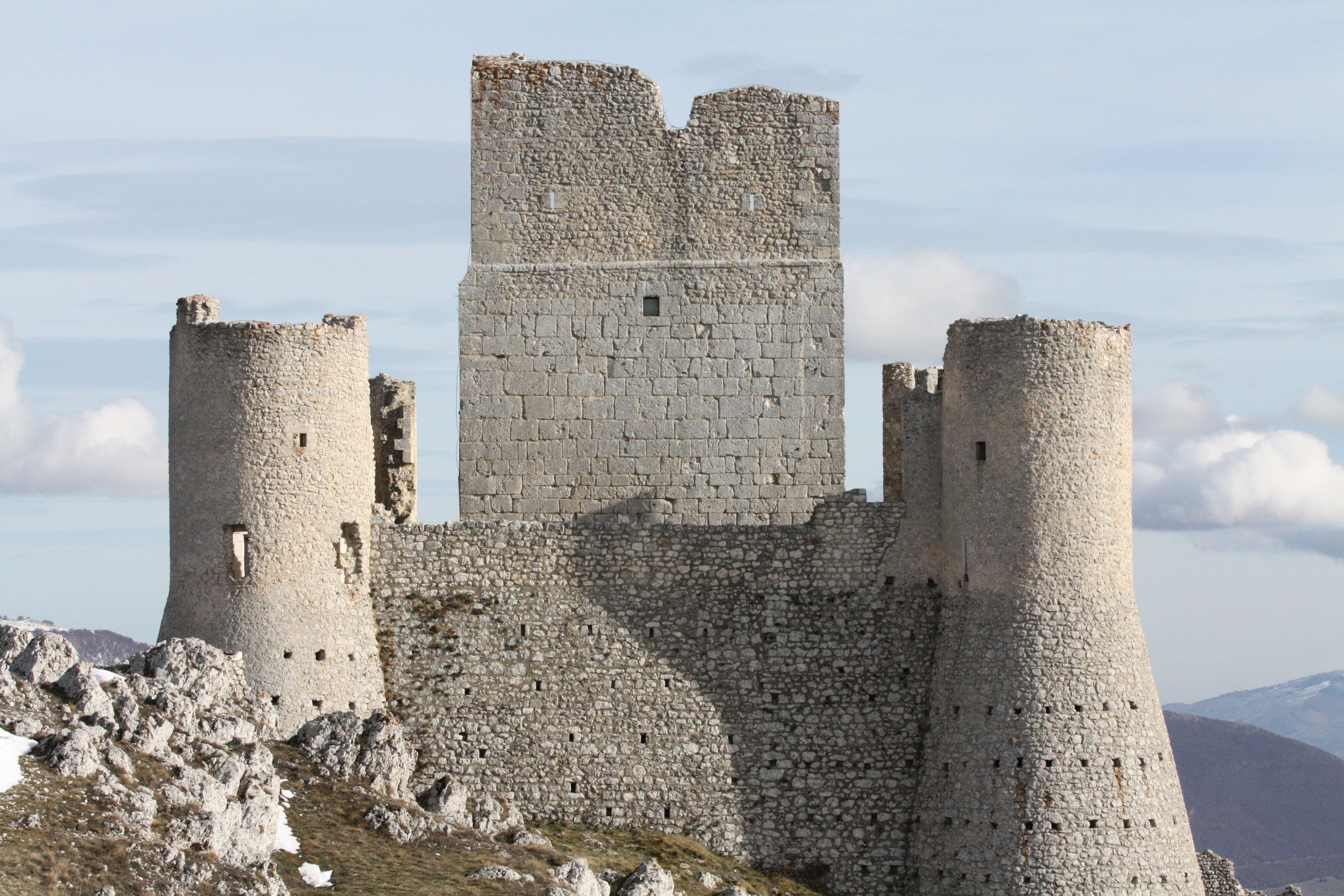L’Aquila is the capital city of the Abruzzo region in Italy and is located 100 kilometres away from Rome towards the northeast of the country. The construction of L’Aquila was started by the Roman Emperor Frederick II, out of several already existing villages (ninety-nine, according to local tradition), then completed by his son Conrad IV of Germany in 1254 AD. Laid out within medieval walls upon a hillside in the middle of a narrow valley; tall snow-capped mountains of the Gran Sasso massif flank the town. A maze of narrow streets, lined with Baroque and Renaissance buildings and churches, open onto elegant piazzas. Home to the University of L’Aquila, it is a lively college town and, as such, has many cultural institutions: a repertory theatre, a symphony orchestra, a fine-arts academy, a state conservatory, a film institute. Close to the highest of the Apennine summits, L’Aquila is positioned at an altitude of 721 metres in the Valley of the Aterno-Pescara, situated between four mountain peaks above 2,000 metres. The mountains block the city off from warm humid air currents from the Mediterranean and give rise to a climate that is cool in comparison to most of central Italy, and dry. It has been said that the city enjoys each year eleven cold months and one cool one. Main sights are:
Basilica of San Bernardino (1472)

The church has a fine Renaissance façade by Nicolò Filotesio (commonly called Cola dell'Amatrice), and contains the monumental tomb of the saint (1480), decorated with beautiful sculptures, and executed by Silvestro Ariscola.
Santa Maria di Collemaggio
Church just outside the town, has a very fine, but simple, Romanesque façade (1270–1280) in red and white marble, with three decorated portals and a rose-window above each. The two side doors are also fine. The interior contains the mausoleum of Pope Celestine V erected in 1517.

San Silvestro

14th-century Romanesque façade with a gothic rose window. In the interior, the Branconio chapel once an altarpiece depicting the Visitation (1520) by Raphael. The work is now in the Museo del Prado of Madrid, stolen in 1655. Today an anonymous copy takes its place.
Spanish fort (Forte Spagnolo)
Massive castle in the highest part of the town, erected in 1534 by the Spanish viceroy Don Pedro de Toledo.

Fontana delle novantanove cannelle (1272)
Located in the Rivera area - one of the oldest in the historic center, close to the Aterno river - near the church of San Vito alla Rivera, the fountain is made up of ninety-three stone masks and six single spouts, most of which flow from the 'water. According to tradition, the spouts would represent the ninety-nine castles of the district that, in the thirteenth century, participated in the foundation of the city.

Roman ruins of Amiternum: ruins of an Ancient Roman city

Rocca Calascio
At an elevation of 1,460 metres, Rocca Calascio is the highest fortress in the Apennines. Built of stone and masonry exclusively for military purposes and intended only to accommodate troops and never as a residence for nobles, the fortress overlooks the Plain of Navelli at one of the highest points in the ancient Barony of Carapelle.

Also nearby are several ski resorts like Gran Sasso d'Italia, the highest of the Apennines where the movie The Name of the Rose was filmed at the end of the 1980s. The town also contains some fine palaces: the municipality has a museum, with a collection of Roman inscriptions and some illuminated service books. The Palazzi Dragonetti and Persichetti contain private collections of pictures.


